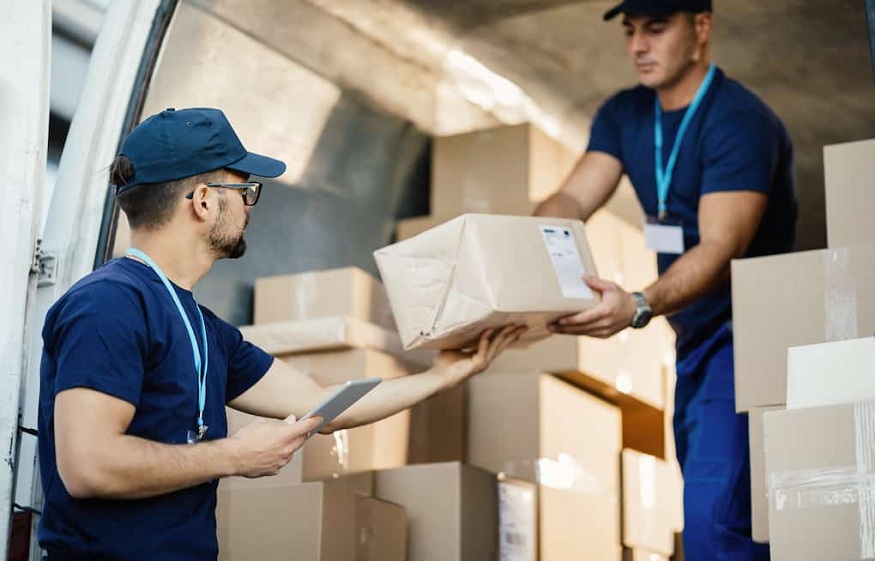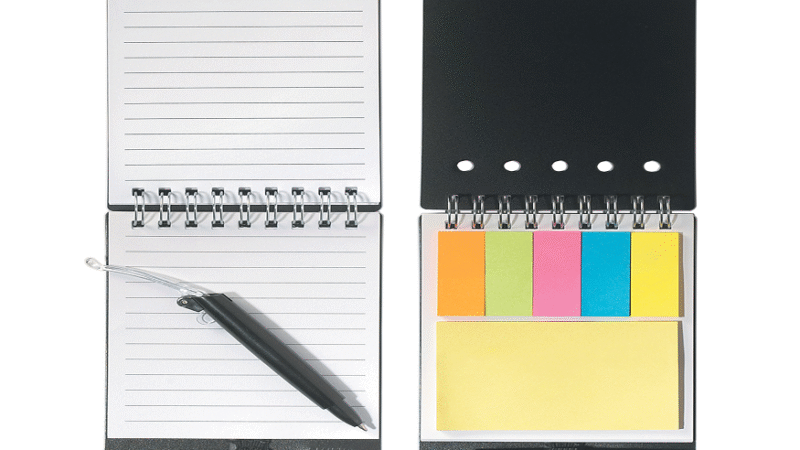What You Always Wanted to Know About E-Commerce Fulfillment and More

Your eCommerce sales chain would only be complete with the fulfillment for eCommerce at its core. E-commerce fulfillment is the end-to-end process of handling orders placed online and delivering such things to customers through a trusted third-party logistics provider or removal and storage companies.
In layperson’s terms: when an online retailer reaches a certain size, often millions of consumers worldwide, it starts to think about contracting out its order fulfillment to a third-party logistics provider, or 3PL.
Maintaining satisfied clients, getting rave reviews, and expanding your market all hinge on your ability to consistently and reliably fill orders in a timely and precise manner. A well-planned and managed eCommerce fulfilment may help your online retail company project run smoothly and expand your market reach, saving you both time and money.
Getting in touch with ecommerce fulfilment companies should be your top priority if you want this massive undertaking to be successful and give your firm a new lease on life. In this article, we’ll go through the four cornerstones of an effective e-commerce fulfilment strategy:
Receiving
For orders coming in through your retail business partner, it is crucial to have stock on hand. After the pallets have been received, the contents are catalogued, entered into inventory, and placed in appropriate shelving or other storage. If you have a reliable eCommerce fulfilment partner, you can focus on running your business while they handle stocking and shipping orders.
Keeping Stock
Your outsourced partner should be competent in inventory storage, also known as warehousing, which entails proper arrangement and storage of the shipments. The success of your larger online company depends on the fulfilmentcentre’s extensive storage facilities, which must include bins, shelves, high-tech mobile shelving systems, and pallets.
Proper inventory storage is crucial to ensure the safety and security of goods and to provide more insight into what is in stock or for the completion of orders that are nearing completion. This aids in preserving a high level of integration between the retail outlets and its 3L partner.
Taken care of orders
Maintaining the same order fulfilment rate is important even when demand increases. Picking, packaging, and shipping are the three most important parts of this processing activity.
A packing slip detailing the warehouse location and quantities, as well as any special instructions (such as the use of boxes, poly bags, packing tape, bubble mailers, bubble wrap, or customized packaging to ensure that items reach their final destinations in pristine condition) should be included with all items that are being shipped. When you’re done, stick on some shipping labels.
Shipping
As soon as an order is packed and labelled by pallet distribution services, it must be sent out for delivery. UPS, DHL, or an analogous international courier service is typically used for this type of shipment. Once it has been dispatched, the retail store receives tracking information that may be shared with consumers to monitor their orders’ progress.
Methods for Receiving a Return
When a consumer decides to send back an item they purchased, the package is sent straight to the eCommerce fulfilment centre or the store’s evaluation location, whichever is appropriate.
Returns are processed by the retainer company’s return policy, which dictates whether the item is refilled as available inventory or thrown away as defective depending on the reason for the return and the item’s condition.






